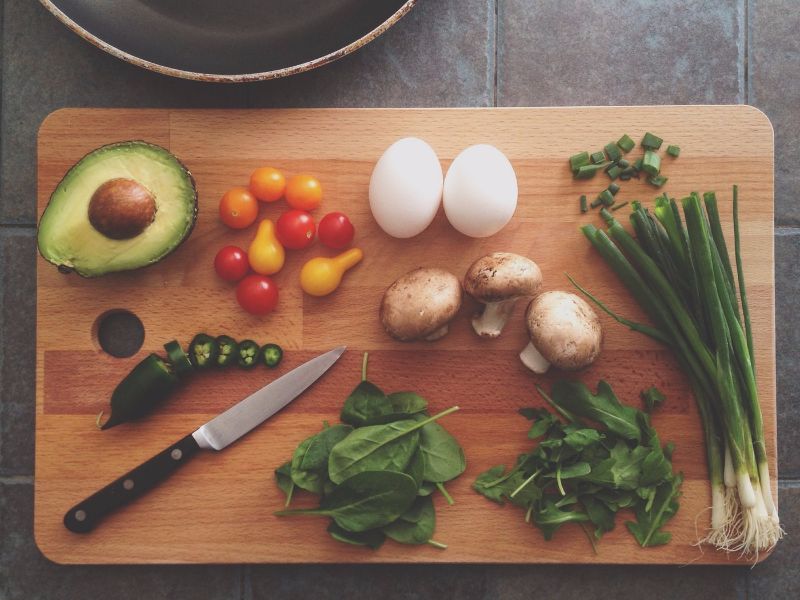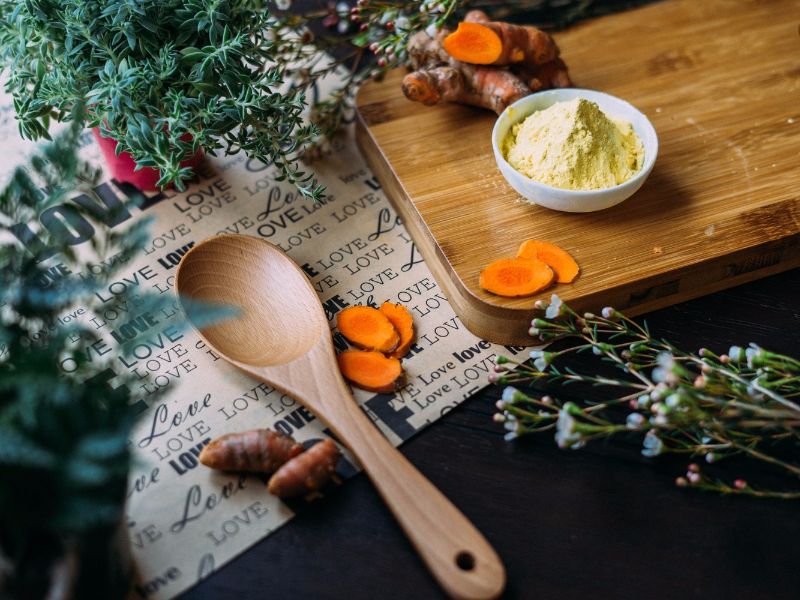Whether you already know about the allergies which run in your household, or whether you’re new to them, the task of safeguarding yourself and your family can be seen as increasingly complicated. Although there are a few online recipes and cookbooks you can follow, you often find that the process is not as straightforward as you’d like it to be.
There is light at the end of the tunnel though, as some meal delivery experts offer fresh, conveniently packaged and easy to prepare recipes that should be mindful of your allergies. Nonetheless, you can never know enough about the ways in which you can safeguard your family, and so here are five seamlessly easy tips for your assurance:
1. Focus on the products you can eat
In some cases, we find out that we are prone to a particular type of allergy later on in life, after our food pallets have developed and we already know what we like.
Having to change your diet might sound scary at first, especially if you only think about what you can’t have. Of course, it’s in our nature to desire what we can’t eat, buy, or achieve, but doing this will drain you of your mental energy.
Instead, focus on the products which you are allowed to eat and find out more about their health benefits –this will guide you to gain some perspective on how your diet will assist you now and in the future. You could also take a cooking class and try different seasonings or ingredients you wouldn’t have otherwise thought of –different from the ready-to-eat fast foods which you ingest without thinking of the repercussions or what goes into making them!
Another thing to consider is keeping restricted foods out of the house. For example, if you or any family member is anaphylactic, then having nuts inside the house is just plain crazy. There is no reason to risk contamination, even if you’re nuts for, well, nuts. Alternatively, have a particular pantry area which is labeled safe –including utensils and foods which are explicitly stored for allergy-prone individuals.
2. Consider an allergy-friendly diet for all your family
Cross-contamination is a real threat when talking about allergies. In some circumstances, you might find that you or your family members suffer from more than one allergy, which makes it difficult to cook a particular dish for one or two people, then something entirely different for others. It’s also important to note that people suffering from allergies can get a reaction due to the proteins released through the cooking process. In other words, ensure that sensitive friends and family stay away during and after the cooking has finished, for at least 30 minutes.
We are also aware that it’s hard to change your habits in such a drastic way, but an allergy-free diet has specific health benefits which may even make you feel less prone to frequent colds or allergens in the environment.
3. Be mindful when shopping
This is another point which most families find hard to adapt to, and for a good reason. Our increasingly modern lives mean less time to focus on other activities, including shopping. When buying products for an allergy-prone family, you must get into the habit of reading labels and understanding the severity of your household’s allergies. You will, after a while, get into the habit of spotting statements like “contains milk, wheat, soybeans, nuts, eggs, etc.”
4. Clean, and then clean some more
Washing your hands as often as possible is an integral part of allergy prevention. In fact, the combination of warm water and soap should become your new best friend –before cooking, while preparing food, and after handling products. Although to neighbors and friends you might look as if you’re developing a severe case of OCD, your family will be safeguarded against potential allergens.
- Wood –although visually attractive for kitchens worldwide, wood utensils and cutting boards absorb allergens and are not dishwasher safe.
- Plastic –it may surprise you to know that plastic kitchen accessories are safe to use against allergies, and are easy to sanitize adequately.
- Cast-iron –you rarely enter a kitchen which doesn’t have at least one cast-iron item. However, we might break your heart by telling you that allergens can easily remain on the surface of this material –meaning that it’s safer to avoid using them.
- Stainless steel –because of its dish-washing safe properties, stainless steel is ideal for allergen-free food cooking. Another bonus is that they look great and don’t sacrifice on style, so even a proud kitchen-loving parent can be happy. Of course, remember only to cook allergy-free food and not cross-contaminate the dish with anything else.
5. Embrace whole, fresh foods
Parents are usually concerned about adopting a new diet type for their children because you are more or less cutting out a variety of foods from their repertoire. Needless to say, a nutritionist or dietitian can address any concerns you might have, but there is also something else to consider when making the transition.
Because our diets are filled with refined products (i.e., chicken nuggets, flavored yogurts, sugared drinks, potato chips, and others), we are potentially not aiding our bodies in building the necessary antibodies to fight off diseases and allergies. In comparison, fresh foods and ingredients are commonly free from chemicals and preservatives –meaning that a healthier and balanced diet can not only help with weight and allergies but the overall way our bodies will function, both now and in the future.
Conclusion
Because we are aware that many families worldwide deal with food allergies and intolerance, we have collected these five tips which will hopefully help you better tackle your dietary needs. All this advice is practical, meaning that you can manage your habits even on a budget (i.e., making a weekly shopping list based on recipes, buying in bulk, farmer’s market). We’ll leave you with some food for thought, as research has shown that 70% of our immune system is located within the digestive tract, and if we knew what was going on the inside, we would probably be more mindful of what we put on our plates and that of our loved ones.


